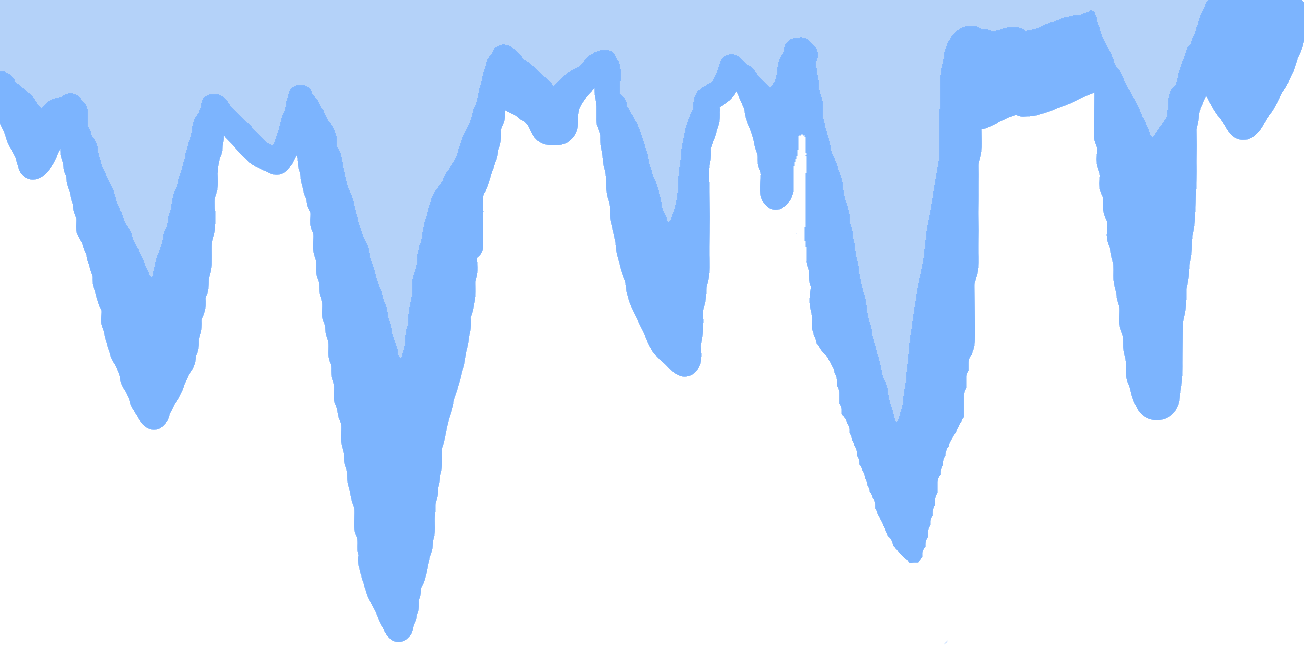
weak acid-strong base reaction
Kw =
1.0 x 10^-14 at 25 C or 298 K
if weak base is in excess --> a buffer --> Hendeson Hasselbalch equaiton
if strong acid is in excess, the moles of excess acid are used to determine pH
if acid and base are equimolar then the equilibrium concentrations are used to determine pH
straight line up part of graph
#miles of titrant = #moles of analyte
concentration and volume of titrant is then used to determine concentration of analyte
pH = pKa
how do you calculate a buffer's pH
strong acid strong base equivalence point
pH + pOH =
how to increase/decrease buffering capacity
H2O pH is always...
in what range are buffers effective
within 1 pH of its pKa, up or down
what is a buffer


